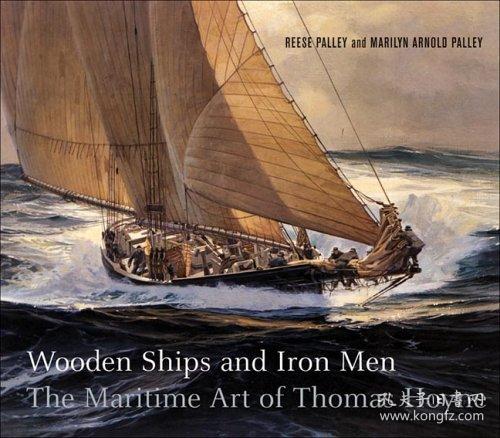In the serene world of angling, the art of fishing is not merely about casting your line into the water and waiting for a bite. It's a blend of patience, knowledge, and a few well-kept secrets that can turn a good day on the water into an unforgettable one. One such secret lies in the subtle art of placing your bait. This article delves into the intricacies of fishing techniques and offers valuable insights into how to place your bait for the best results.
Understanding the Fish's Perspective
Before we delve into the specifics of bait placement, it's crucial to understand the fish's perspective. Fish are creatures of habit and instinct. They are drawn to certain types of bait based on their natural diet and the environment they inhabit. By understanding these factors, you can tailor your bait placement to attract more fish.
Choosing the Right Bait
The first step in mastering the art of bait placement is selecting the right type of bait. Here are some popular options:
Live Bait: Live bait, such as worms, minnows, or leeches, is often favored by fish because it resembles their natural prey. The key to using live bait effectively is to present it in a way that mimics its natural movement.
Artificial Lures: Artificial lures come in various shapes and sizes, designed to mimic the movement of fish's natural prey. The key to using artificial lures is to understand the specific movements that attract the fish you're targeting.
Natural Bait: Natural baits like corn, peas, or bread can be effective, especially in areas where fish are accustomed to foraging for these types of food.
The Importance of Bait Placement
Once you've chosen your bait, the next step is to determine the best way to place it. Here are some tips to help you out:
Depth: Understanding the depth at which fish are feeding is crucial. For example, if you're fishing in a river, you may need to place your bait deeper to reach the fish that are holding in the deeper holes.

Current: The current of the water can significantly impact how your bait behaves. In a fast-moving stream, your bait might need to be placed closer to the bottom to maintain its position.
Structure: Fish often congregate around structure, such as rocks, logs, or weed beds. Placing your bait near these structures can increase your chances of a bite.
Presentation: The way you present your bait can make a big difference. For live bait, a natural presentation is often best. For artificial lures, experiment with different retrieves and movements to see what triggers a strike.
Techniques for Placing Your Bait
Here are some specific techniques for placing your bait effectively:
Drop Shot Technique: This technique involves casting your bait close to the bottom and letting it settle. It's particularly effective for fishing around structure.
Carolina Rig: The Carolina rig is a great way to fish a soft plastic lure or a worm. It allows you to present your bait at different depths and can be adjusted to fish slower or faster.
Jigging: Jigging involves repeatedly lifting and dropping your bait, creating a darting motion that can attract fish. This technique is often used in deep water or when fishing for bottom-dwelling species.
Spooning: Spooning involves casting your spoon lure out and retrieving it in a figure-eight motion. This technique is effective for triggering strikes from fish that are feeding on surface prey.
Final Thoughts
Mastering the art of placing your bait is a skill that takes time and practice to develop. By understanding the fish's perspective, choosing the right bait, and using the appropriate techniques, you can significantly increase your chances of success on the water. Remember, the key to successful fishing is not just about the bait you use, but how you use it. With patience and persistence, you'll soon become a master of the art of bait placement, and your days on the water will be filled with more fish and fewer frustrations. Happy fishing!












